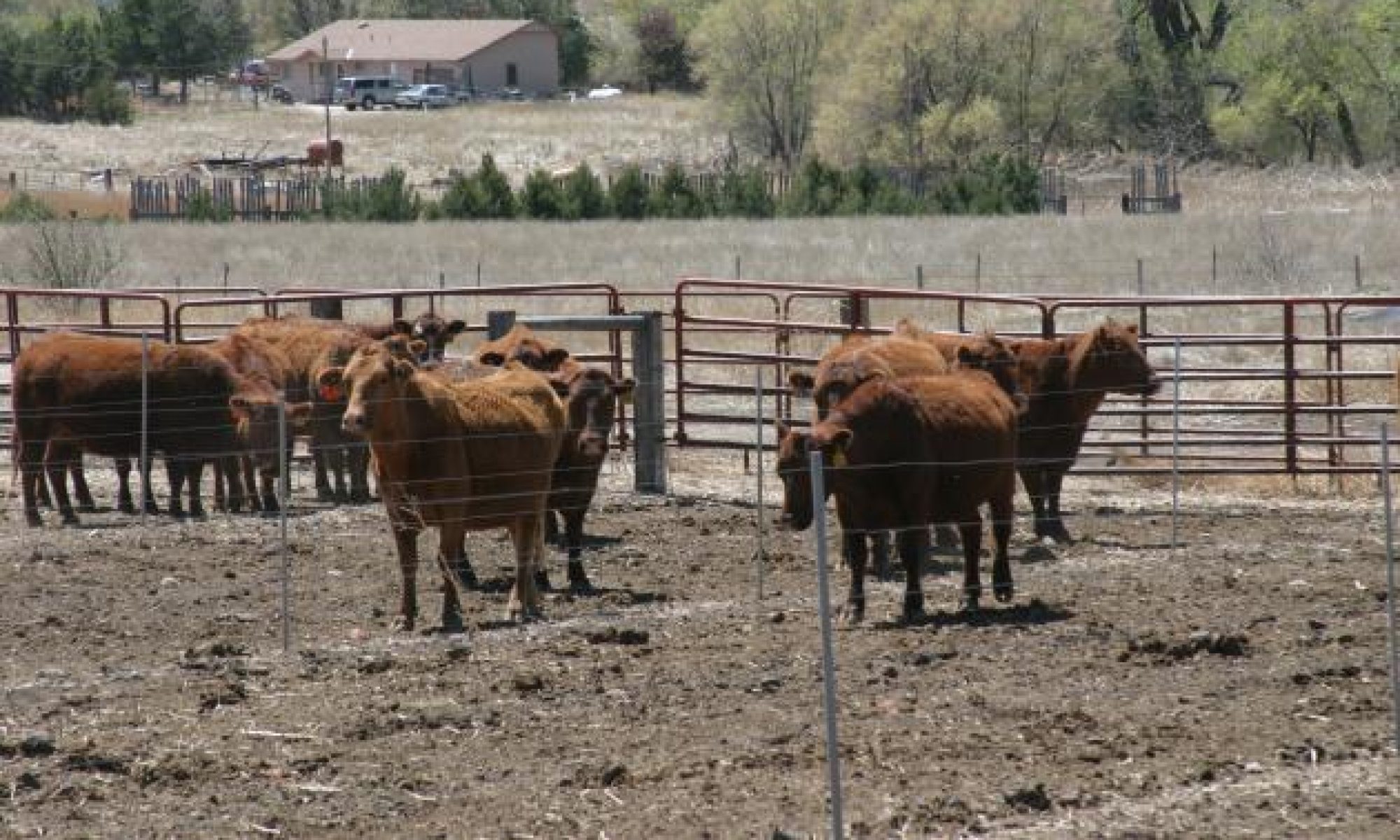The estrus synchronization protocol most commonly used in replacement heifers combines the use of MGA and prostaglandin. Melengestrol acetate (MGA) is a feed additive commonly used in feedlot heifer rations to block estrus activity. Recently, the FDA approved MGA for control of estrus in heifers on pasture. When fed for a short period of time and removed from the diet, the removal of MGA allows a large percentage of the cattle to exhibit estrus synchronously. Fertility at the first heat after MGA removal has been reduced compared to normal estrus. The reduction in fertility is temporary since the fertility of subsequent heats has been normal. The MGA-PG program calls for feeding 0.5 milligrams of MGA per head per day for 14 days. At this point, MGA is removed from the feed. Most of the females will then exhibit heat. Nineteen days after the MGA feeding has stopped, each female is injected with prostaglandin (drug names include Lutalyse, Estrumate, In Synch, and Prostamate) to stimulate estrus. Estrus is observed for five to seven days, and females are bred following about 12 hours after standing heat. Research at several experiment stations has indicated that this method has induced some noncycling replacement heifers to begin cycling, therefore increasing the percentage that were bred early in the insemination season. Normal conception rates were achieved when cattle were inseminated on the second heat after MGA removal.
Kansas State University researchers have reported that heifers could be inseminated after detected heat for 72 hours following the prostaglandin injection and then all remaining females could be inseminated 72 hours following the prostaglandin injection. An injection of gonadotropin-releasing hormone (GnRH; Cystorelin, Fertagyl, Factrel, Ova Cyst) is given at the time of insemination. Although more expensive, this procedure reduces the heat detection time to three days.
An important consideration is that the MGA/prostaglandin synchronization program must be started about 33 days prior to the start of the breeding season. Prior planning must be done to assure that the feed containing MGA is prepared and ready to feed five weeks before the breeding season.
